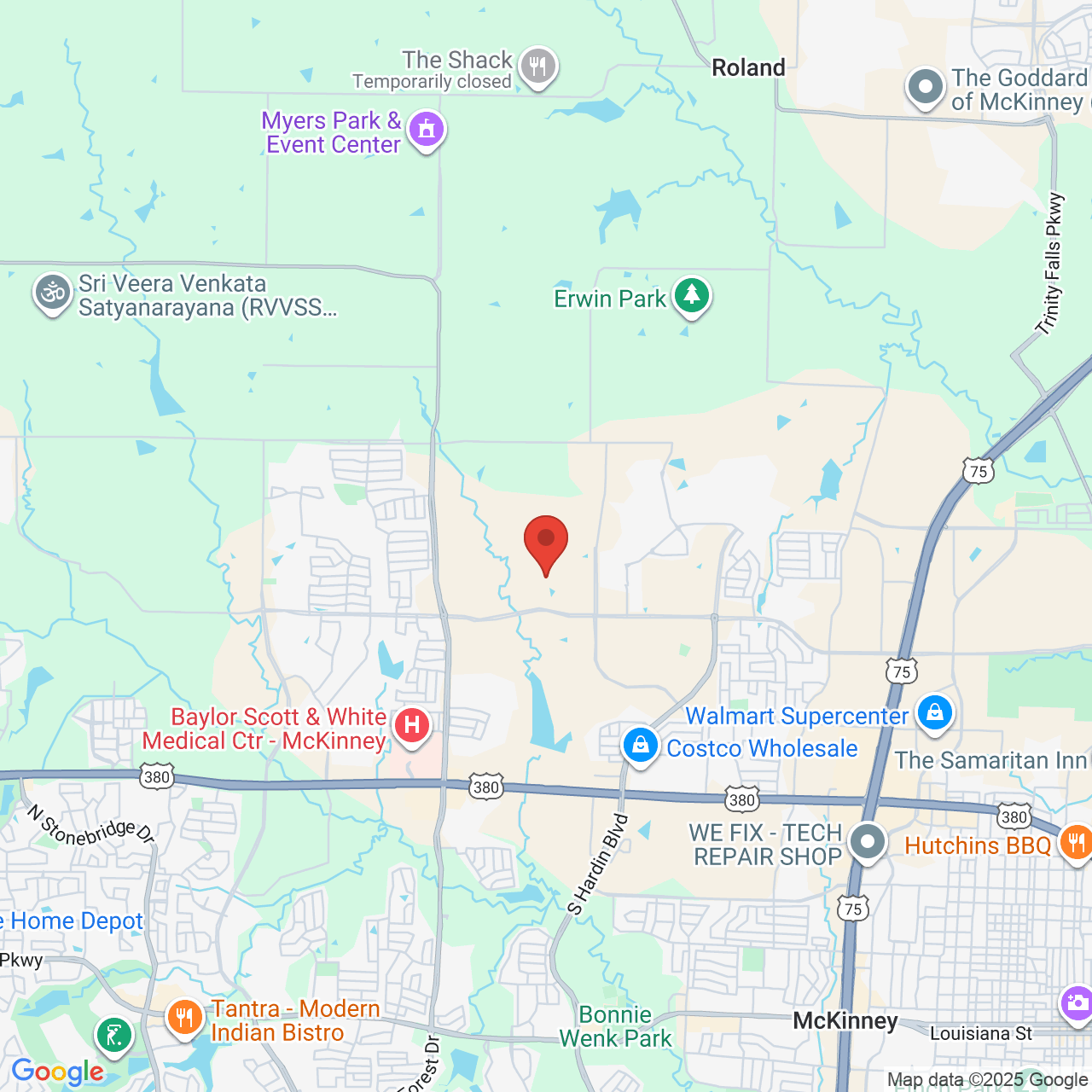Front Pay vs. Back Pay in Employment Law Cases
 If your employer has wrongfully terminated you or retaliated against you in any way, employment law attorney Dan A. Atkerson can help. He has a record of more than 35 years fighting for the workers of Allen, Plano, and Frisco, TX. Mr. Atkerson will fight tirelessly for you, seeking front and back pay to cover financial losses and hardships.
If your employer has wrongfully terminated you or retaliated against you in any way, employment law attorney Dan A. Atkerson can help. He has a record of more than 35 years fighting for the workers of Allen, Plano, and Frisco, TX. Mr. Atkerson will fight tirelessly for you, seeking front and back pay to cover financial losses and hardships.
Many people are not familiar with the terms “front pay” and “back pay,” which are crucial in many workplace disputes. Here, we’ll go over the basics of front pay and back pay, including the key difference between them. Since you’re probably more familiar with the term “back pay,” we’ll start with that.
What Is Back Pay?
Back pay refers to the salary, wages, and benefits that are due to an employee that their employer has denied them.
An Example of Back Pay
Let’s say that an employee faced a salary cut as an act of employer retaliation. Awarding back pay would mean that the employer would pay their employee the wages that they would have earned had their wages not been cut. Back pay can also be sought in wrongful termination cases, seeking salary or wages that an employee would have collected had they not been fired or laid off.
What Is Front Pay?
Front pay is an equitable remedy, which is a kind of legal damage sought in different types of workplace lawsuits. Front pay is awarded to compensate an employee as if termination or lack of promotion did not happen as they attempt to find a comparable position elsewhere.
An Example of Front Pay
Let’s say that an employee was wrongfully terminated from their job as an act of employer retaliation. Front pay functions as a substitute for reinstatement while that employee is looking for a new job.
The Key Difference Between Front and Back Pay
Front pay and back pay sound very similar in the examples provided above. There is an important distinction that we want to define more clearly.
Let’s say that an employee is awarded back pay in a wrongful termination lawsuit. To end back pay, an employer may offer the employee the same position or similar position that accounts for the amount the employee is due.
Front pay, on the other hand, is awarded when an employer cannot make an offer of rehiring or reinstatement. This may apply to cases in which the original position has been filled by someone else or has been eliminated.
Determining Front Pay and Back Pay Amounts
When calculating back pay, attorneys and the jury can consult the wronged employee’s previous salaries, wages, and pay stubs. From there, it’s relatively simple to calculate an amount owed in back pay and benefits.
Front pay, however, does not have a precise formula. In many cases, the judge determines the front pay owed. When determining front pay, courts may factor in the age of the employee, the duration of employment, how long it will take the employee to find comparable employment, and so forth.
Speak with an Employment Law Attorney
To learn more about front pay, back pay, and other kinds of damages that may apply to your workplace lawsuit, contact the Law Offices of Dan A. Atkerson online. You can also schedule a consultation by phone at (214) 383-3606.



